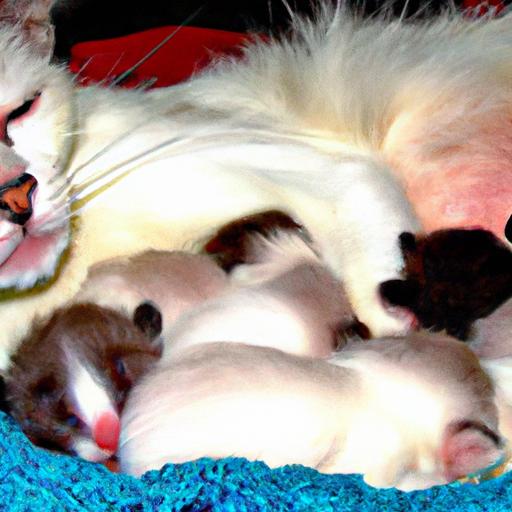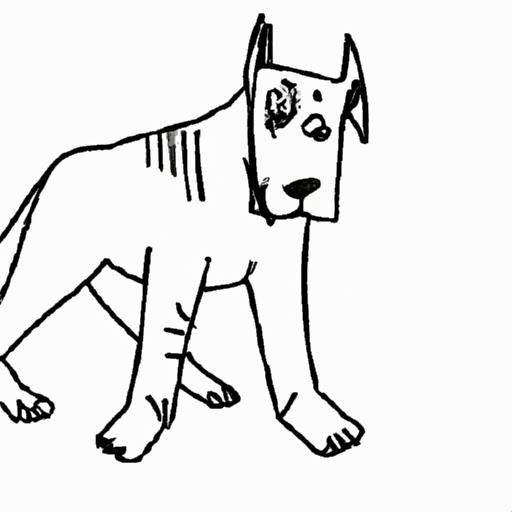
Canine Cervical Spondylomyelopathy: Neck and Spine Issues
Learn about Canine Cervical Spondylomyelopathy: Neck and Spine Issues in dogs. Discover causes, symptoms, diagnosis, and treatment options.
Canine Cervical Spondylomyelopathy (CCSM), also known as Wobbler Syndrome, is a condition that affects the neck and spine of dogs. It can cause a range of issues, including difficulty walking, pain, and even paralysis. Understanding this condition is crucial for dog owners to provide the necessary care and support for their furry companions. In this article, we will explore the causes, symptoms, diagnosis, and treatment options for CCSM, shedding light on the importance of addressing neck and spine issues in dogs.
Introduction
As dog owners, we cherish the joy and companionship our furry friends bring into our lives. However, it can be distressing to witness them struggle with health issues, especially when it involves their neck and spine. Canine Cervical Spondylomyelopathy, or CCSM, is a condition that affects dogs’ neck and spine, causing discomfort and mobility challenges. By delving into the world of CCSM, we can better understand the impact it has on our beloved pets and how to provide them with the care they need.
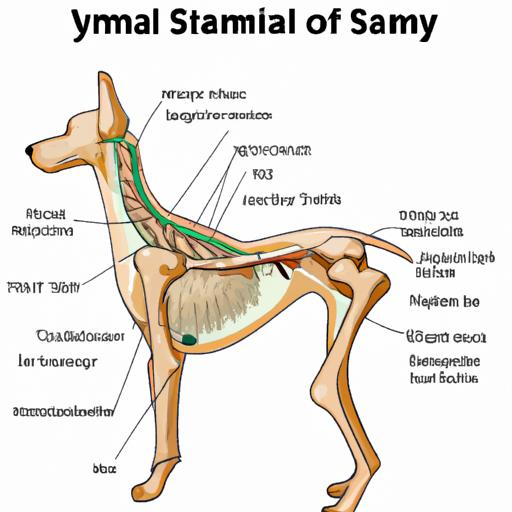
Understanding Canine Cervical Spondylomyelopathy
Defining CCSM and its Causes
Canine Cervical Spondylomyelopathy, or CCSM, is a condition characterized by compression or instability of the spinal cord in the neck region of dogs. It predominantly affects large and giant breeds, such as Great Danes, Doberman Pinschers, and Irish Wolfhounds. The exact cause of CCSM is still unknown, but it is believed to have both genetic and environmental factors. Certain breeds may be predisposed to developing CCSM due to their conformation and growth patterns.
Recognizing Symptoms and Signs
Identifying the symptoms and signs of CCSM is crucial for early detection and intervention. Dogs with CCSM may exhibit various indicators, such as difficulty walking, wobbling or swaying while standing, neck pain, and stiffness. They may also experience weakness in their limbs, decreased coordination, and even paralysis in severe cases. It is essential to monitor your dog’s behavior closely and consult a veterinarian if you notice any of these symptoms.
Diagnostic Procedures for CCSM
To diagnose CCSM, veterinarians employ various diagnostic procedures. These may include a thorough physical examination, neurological assessments, and imaging techniques such as X-rays, magnetic resonance imaging (MRI), or computed tomography (CT) scans. These tests help identify any abnormalities or structural changes in the neck and spine, enabling accurate diagnosis and appropriate treatment planning.
Breeds Prone to CCSM
While CCSM can potentially affect any dog breed, certain breeds have a higher predisposition to developing this condition. Great Danes, Doberman Pinschers, Irish Wolfhounds, and other large or giant breeds are commonly associated with CCSM. It is important for owners of these breeds to be aware of the risks and take proactive measures to ensure their dogs’ well-being.
Frequently Asked Questions (FAQ) about Canine Cervical Spondylomyelopathy
What are the risk factors associated with CCSM?
CCSM is influenced by a combination of genetic and environmental factors. Large and giant breed dogs are more susceptible to developing CCSM due to their conformation and growth patterns. Additionally, factors such as rapid growth, malnutrition, and trauma to the neck area can increase the risk of developing this condition.
How is CCSM diagnosed by a veterinarian?
Veterinarians employ a variety of methods to diagnose CCSM. A comprehensive physical examination, including a neurological assessment, helps evaluate the dog’s coordination, reflexes, and pain response. Imaging techniques like X-rays, MRI, or CT scans provide detailed information about the neck and spine, revealing any potential abnormalities or compression of the spinal cord.
Can CCSM be prevented or managed?
While it may not be possible to completely prevent CCSM, there are measures dog owners can take to reduce the risk and manage the condition. Maintaining a healthy diet and appropriate exercise regimen can help promote optimal growth and development, potentially reducing the likelihood of developing CCSM. Additionally, regular veterinary check-ups and early intervention can help manage the condition and improve the quality of life for affected dogs.
Are there any treatments available for CCSM?
The treatment options for CCSM depend on the severity of the condition and the individual dog’s circumstances. Conservative management approaches may include rest, physical therapy, anti-inflammatory medications, and pain management strategies. In more severe cases, surgical intervention might be necessary to address spinal cord compression or instability. It is crucial to consult with a veterinarian to determine the most suitable treatment plan for your dog.
Can CCSM be hereditary?
CCSM is believed to have a genetic component, and certain dog breeds have a higher predisposition to developing this condition. If you are considering getting a dog from a breed known for its association with CCSM, it is important to research the breeder’s history and lineage to ensure responsible breeding practices and minimize the risk of inheriting this condition.
Conclusion
Canine Cervical Spondylomyelopathy, or CCSM, can significantly impact a dog’s neck and spine health, leading to discomfort, mobility issues, and potential paralysis. By understanding the causes, symptoms, and treatment options for CCSM, dog owners can provide their furry companions with the care they need. Regular veterinary check-ups, early detection, and appropriate interventions play a crucial role in managing this condition and improving the quality of life for affected dogs. Remember, being vigilant and proactive in addressing neck and spine issues can make a world of difference for our four-legged friends.

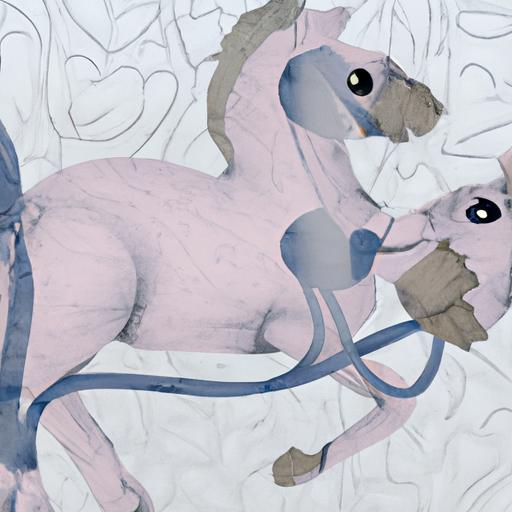
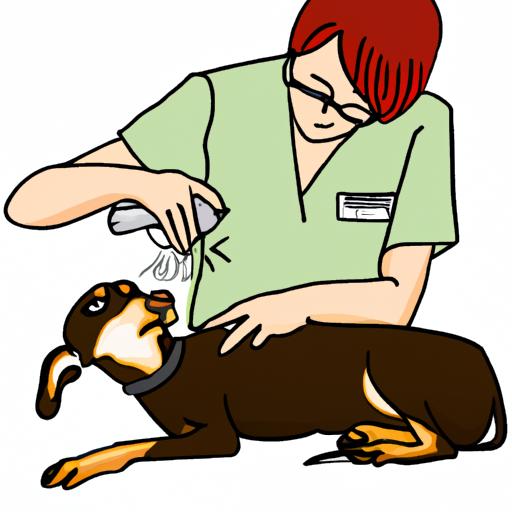
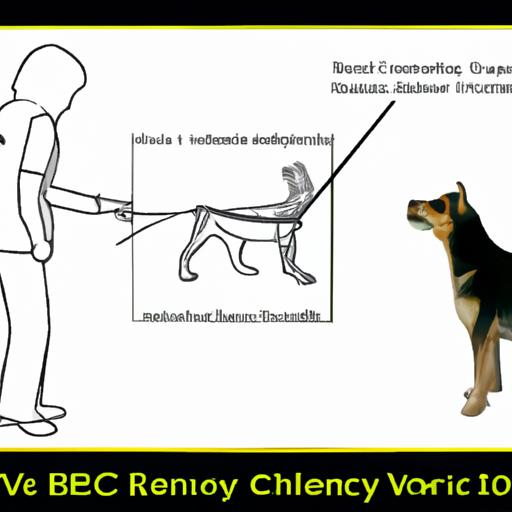


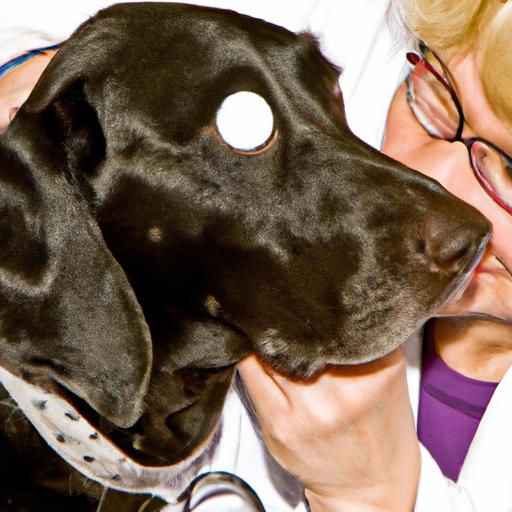
















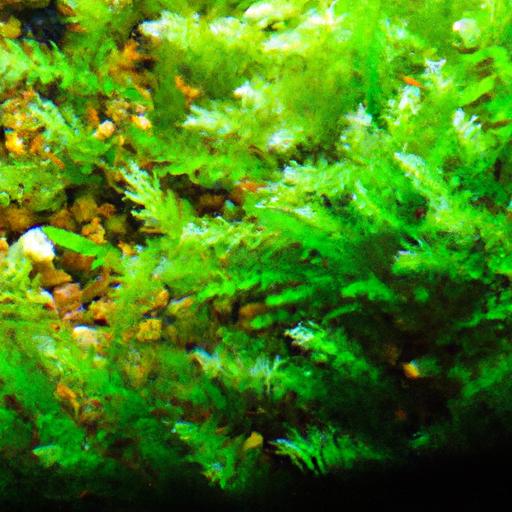

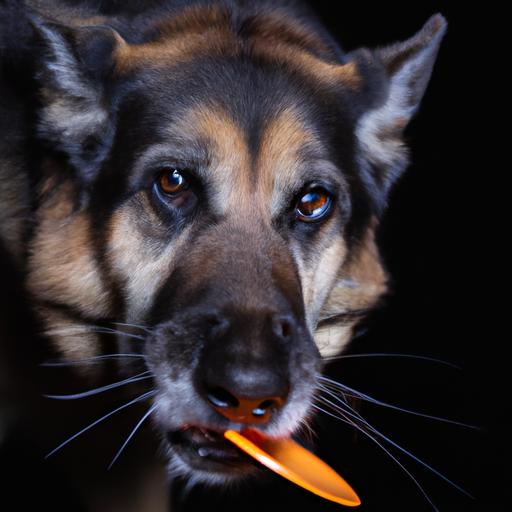
.jpg)
